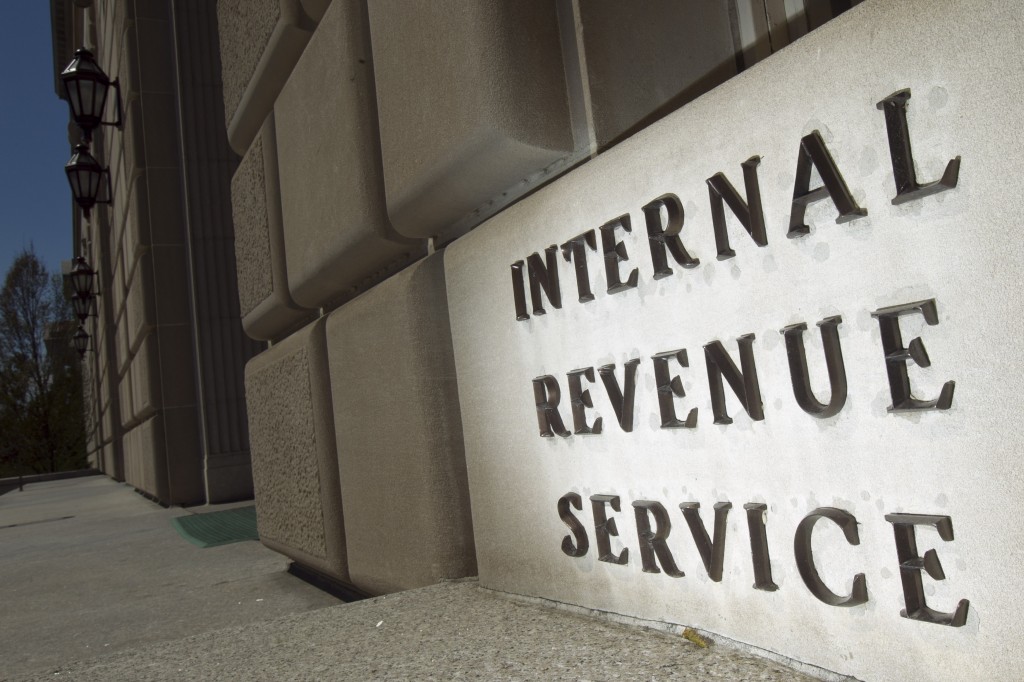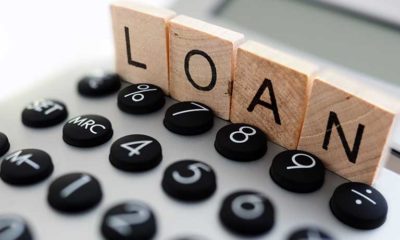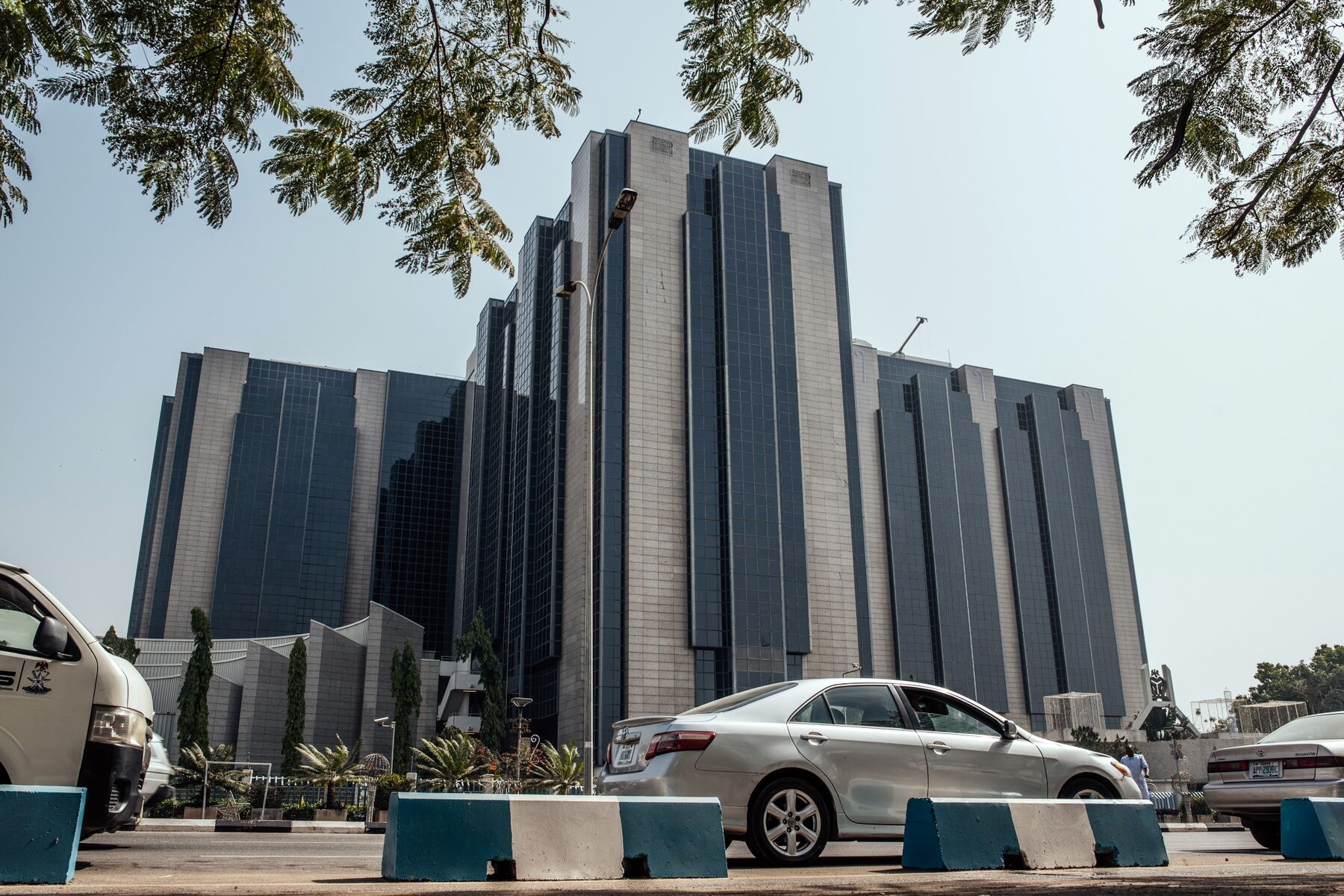- Debts Exceed Statutory Revenues in 32 States, Says FRC
The consolidated debts of 32 states of the federation exceeded their gross statutory revenues in 2017, a report of the Fiscal Responsibility Commission has shown.
As of December 2017, the 36 states of the federation had total public debts of N4,495,027,062,300.37 while they had gross statutory revenues totalling N2,098,615,470,240.44 and net revenues totalling N1,739,290,877,423.07.
This means that collectively, the debts of the 36 state governments exceeded their statutory revenues for the whole year by N2, 396,411,592,060 or by 53.31 per cent.
It also means that the states spent a total of N359, 324,592,817.3 or 17.12 per cent of their statutory revenues to service their debts within the one year period.
According to analyses presented by FRC, all the states of the federation except Anambra, Katsina, Sokoto and Yobe had debts to statutory revenues exceeding 100 per cent.
The report obtained by our correspondent in Abuja on Wednesday showed that of all the states of the federation, Osun State had the highest debt burden going by its debt-to-gross revenue ratio.
The report revealed that Osun had a debt to gross revenue ratio of 425.6 per cent. The situation became more precarious as the state enjoyed a debt-to-net revenue ratio of 1,607.79 per cent.
Debt to net revenue ratio measures how much the state is left with after debt servicing charges are deducted from the statutory revenue of a state.
The statutory revenue is what a state gets from the federation account on a monthly basis. It constitutes the bulk of a state’s income on a monthly basis as most states are known to make only marginal revenues from Internally Generated Revenue sources.
Osun had a total public debt of N167, 801,453,519.46. Its gross statutory revenue amounted to N39, 427,491,639.62 while it had net statutory revenue of N10, 436,789.071.78.
Lagos had a public debt of N811, 938,493,497.41; gross statutory revenue of N123, 421,828,999.27 and net revenue of N89,694,754,919.47 while Cross River had a public debt of N177,032,983,556.52; a gross statutory revenue of N41,963,126,084.71 and a net statutory revenue of N23,451,782,733.
Ekiti had a total public debt of N141,380,068,783.48, gross statutory revenue of N37,754,966,137.46 and net statutory revenue of N25,633,665,721.06 while Ogun had a public debt of N139,409,946,526.63, gross statutory revenue of N40,708,133,204.84 and a net statutory revenue of N26,185,030,796.11.
The report said, “Osun State recorded the highest debt-to-net statutory revenue with 1,607.79 per cent. The main reason for this high debt-to-net statutory revenue percentage can be explained by the deduction of N28,990,702,567.84 at source from its Gross Statutory Revenue of N39,427,491,639.62.
“This can be translated to mean that out of every N100 due to Osun State as Gross Domestic Revenue, only about N27 actually went to the coffers of the state government, thereby accounting for the abnormally high 1,607.79 Debt-to-Net Statutory Revenue.
“Lagos State has the next highest Debt-to-Net Statutory Revenue of 905.22 per cent followed by Cross River State with 754.88 per cent. Ekiti State accounted for the fourth highest Debt-to-Net Statutory Revenue percentage of 551.54 per cent while Ogun, Plateau and Oyo states followed with 532.4 per cent, 444.13 per cent and 354.68 per cent respectively.
“On the other hand, Anambra State had the least Debt-to-Net Statutory Revenue of 69.32 per cent followed by Yobe with 89.93 per cent. Sokoto, Jigawa and Katsina states followed with 93.65 per cent, 96.15 per cent and 111.96 per cent respectively.”
With a total public debt of N28, 905,189,191.27, Anambra had gross statutory revenue of N43, 089,159,428.87. This translates to debt to gross statutory revenue of 67.08 per cent. With net revenue of N41, 338,238,321.08, the state had a debt to net revenue of 69.92 per cent.
Regarding the debt sustainability of the states, the Fiscal Responsibility Commission said that since the Gross Domestic Product of each state had not been figured out, the debt sustainability could not be determined.
Nonetheless, it added that the level of borrowing by the states could be gauged by the regulation of the Debt Management Office that the debt status of each state at any particular time should not exceed 50 per cent of its statutory revenue in the preceding 12 months.
If this rule is applied, even Anambra State with the least debt to revenue ratio of 67.08 per cent can be said to have over-borrowed having exceeded the limit by 17.08 per cent.
The Fiscal Responsibility Commission said that states whose proportions of debt-to-revenue exceeded 50 per cent were assumed to have violated Section F (C) of DMO 2012 Debt Management Guidelines.
However, it added, it would be legally wrong to conclude that such states had over-borrowed as the overall debt limits for the governments had not been set.
Our correspondent reports that the Fiscal Responsibility Act vests on the President the power to set the borrowing limit for subnational governments in the country. No such limit has been set.

 Billionaire Watch3 weeks ago
Billionaire Watch3 weeks ago
 Startups4 weeks ago
Startups4 weeks ago
 News4 weeks ago
News4 weeks ago
 News4 weeks ago
News4 weeks ago
 Bitcoin4 weeks ago
Bitcoin4 weeks ago
 Naira4 weeks ago
Naira4 weeks ago
 Forex3 weeks ago
Forex3 weeks ago
 Treasury Bills4 weeks ago
Treasury Bills4 weeks ago

























